Experiment 7
Composing multiple templates
In experiment 7, we split the bicycle template into two sub-templates, and allow the sub-templates
to shift their locations relative to each other. We then use this structure to detect and sketch
the tandem bike. We call such a structure a multi-basis, which is a composition of multiple active
bases. We also estimate the optimal split point.
(1)
data, codes, and readme for multibasis (March 2009)
(1.1)
Code that pools q() from 2 large natural images (June 2009)

Experiment 7.1. Animation of sketches by splitting the bicycle template at different locations.

Experiment 7.1. MAX3 scores for different splitting points.
eps
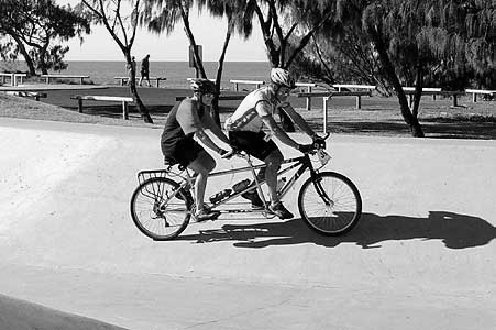
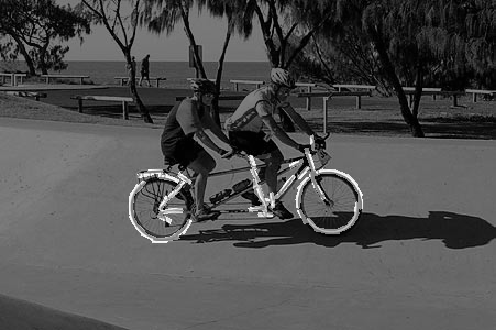
Experiment 7.1. Left: Input image of 330*496. Right: Superposed sketch. The bounding box of the front
wheel is 112*126. The bounding box of the back wheel is 86*76. The total number of elements is 60.
eps
eps
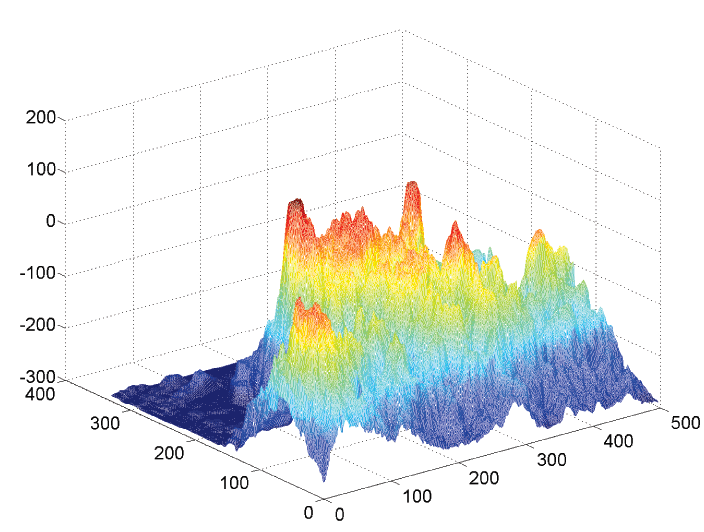
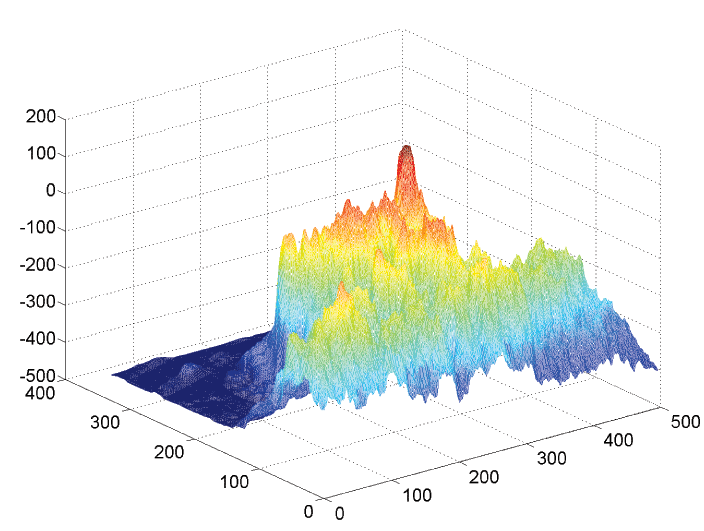
Experiment 7.1. The two SUM2 maps for the two sub-templates
at
the optimal splitting point.
eps1
eps2
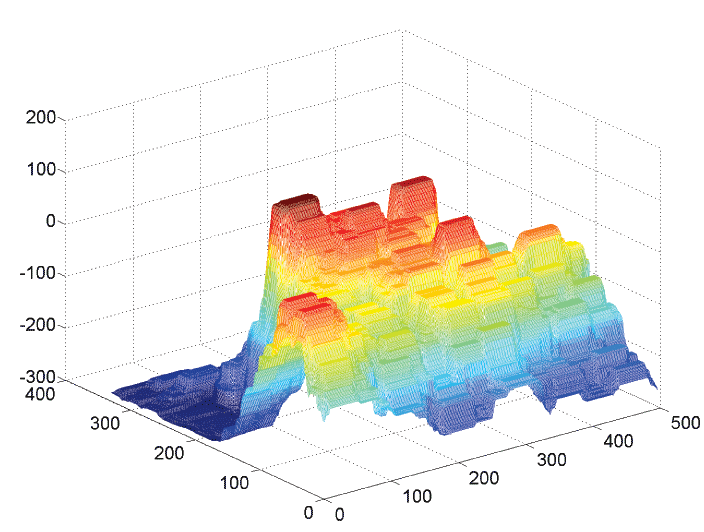
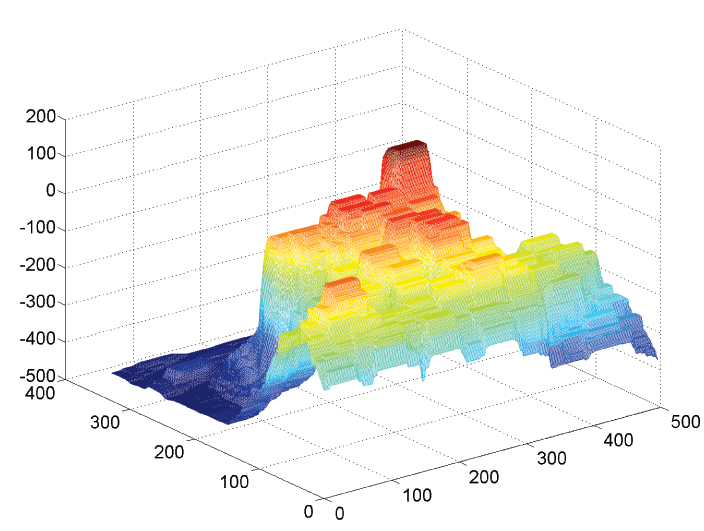
Experiment 7.1. The two MAX2 maps for the two sub-templates
at the optimal splitting point.
eps1
eps2

Experiment 7.1. SUM3 map at the optimal splitting point.
eps
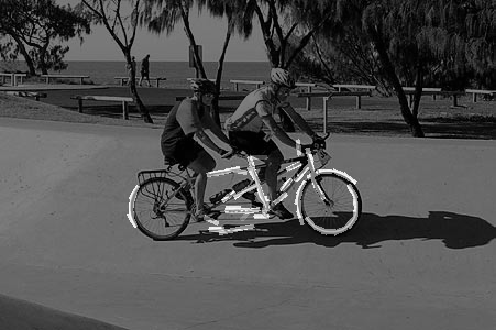
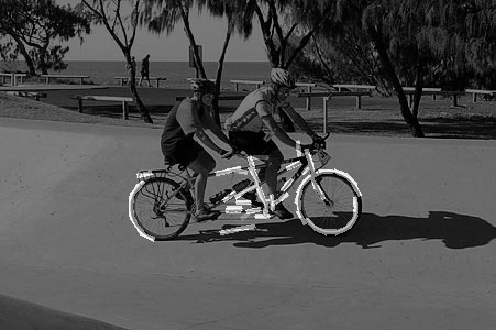
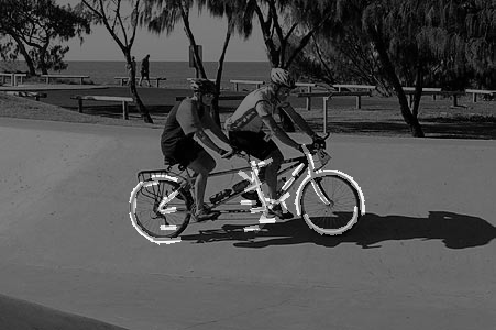

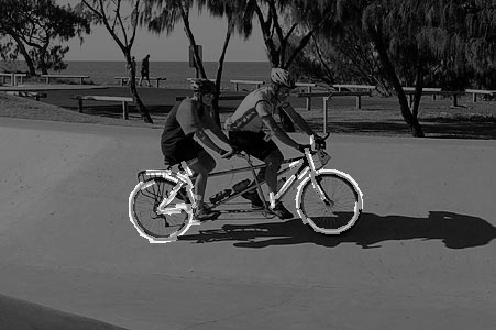
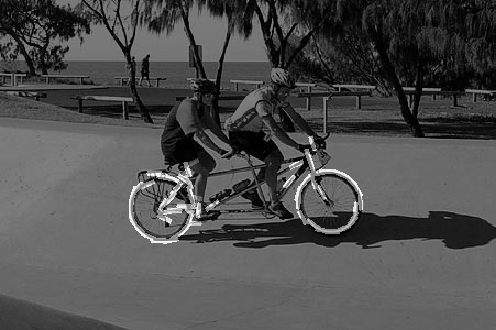
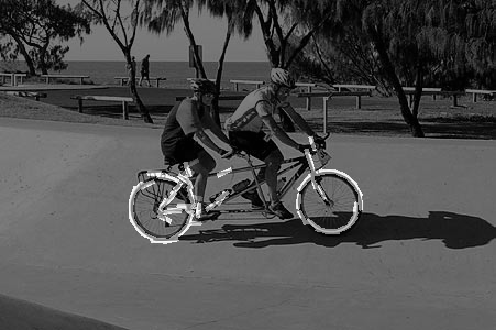


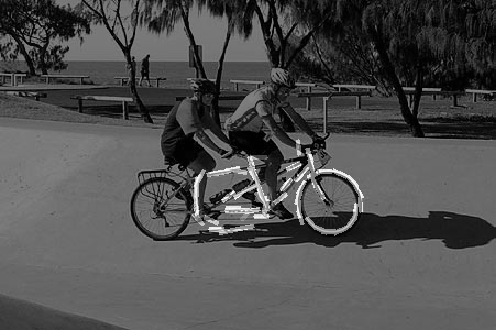
Experiment 7.1. Superposed sketches obtained at all the
splitting points.
eps1
2
3
4
5
6
7
8
9
10
(1.2)
Code with local normalization of filter responses (September 2009)
The allowed range of shift in location is also reduced to 3 pixels.
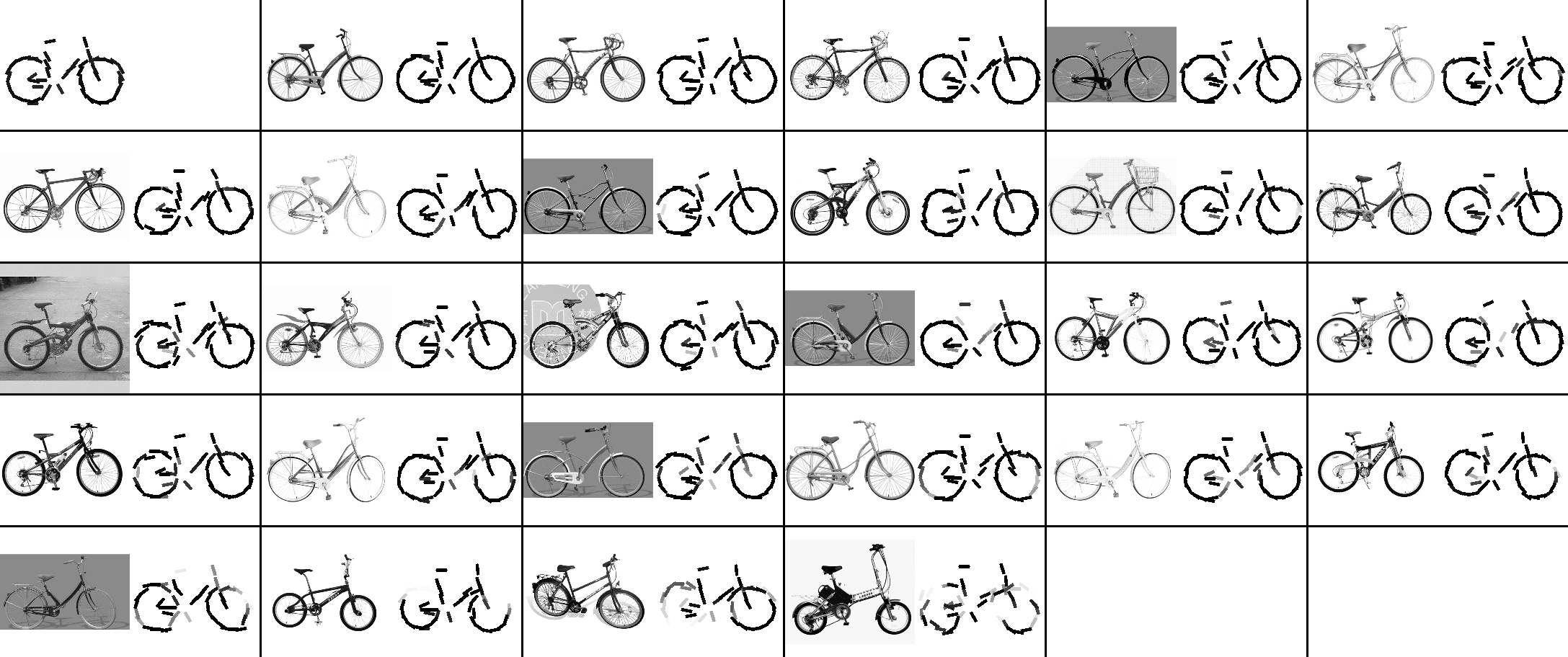
Experiment 7.1. The allowed range of shift in location is 3 pixels. The filter responses are normalized
with a local window whose half size is 20x20.
eps
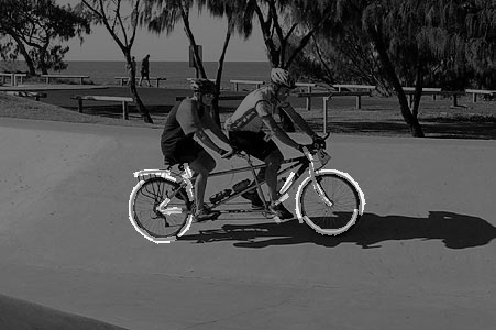
Experiment 7.1. Superposed with sketch where the horse template is split horizontally into two
sub-templates.
eps
(2) another example
(March 2009)
(2.1)
Code that pools q() from 2 large natural images (May 2009)
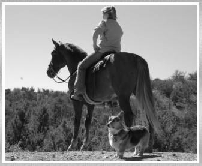
Experiment 7.2. The observed image of 166x202. Because of the view point, the horse is shorter than the
template learned from the side view.
eps
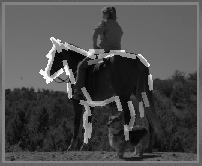
Experiment 7.2. Superposed with sketch where the horse template is split horizontally into two
sub-templates. The left one is 116x76. The right one is 104x92. These two sub-templates are allowed to move horizontally up to 10 pixels in each
direction.
eps
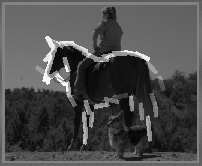
Experiment 7.2. Superposed with sketch using the original horse template. In other words, the
two sub-templates are not allowed to move relative to each other. The template does not fit
the head and rear parts of the horse very well.
eps
(2.2)
Code with local normalization (September 2009)
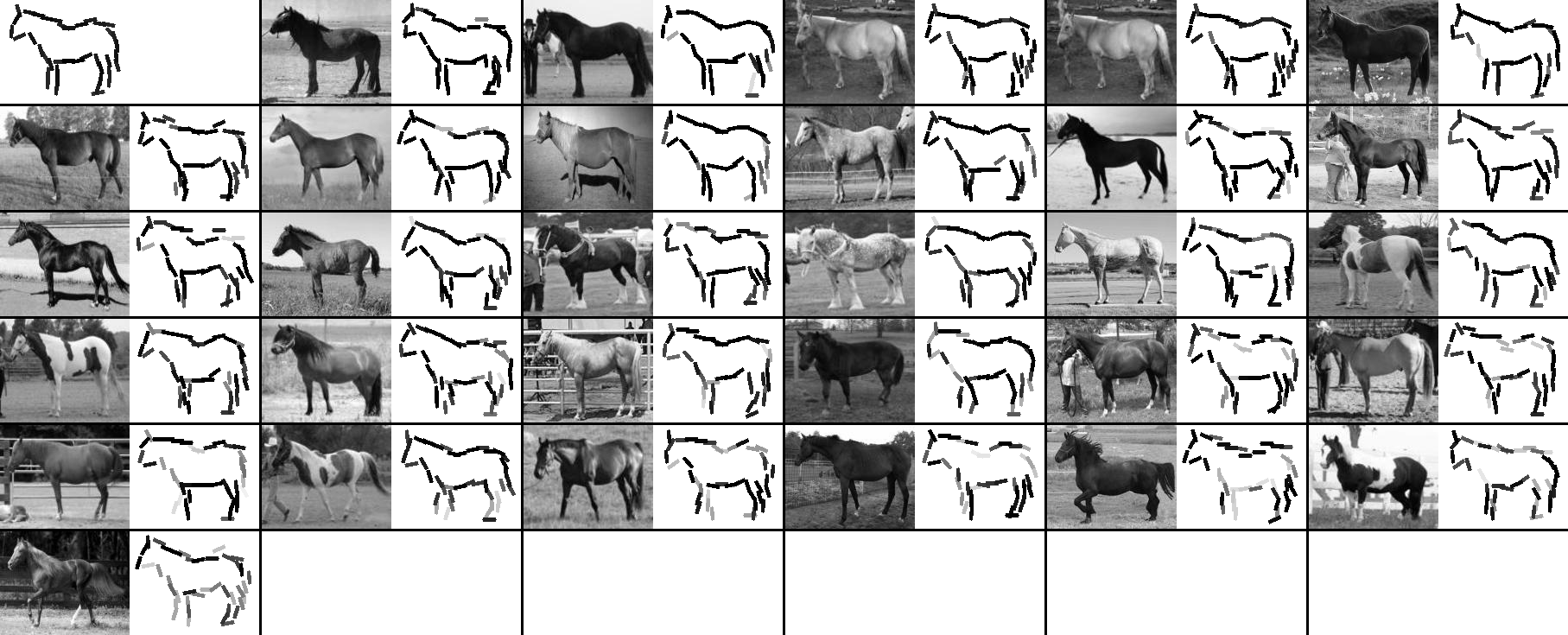
The allowed range of shift in location is 3 pixels. The filter responses are normalized
with a local window whose half size is 20x20.
eps

Experiment 7.2. Superposed with sketch where the horse template is split horizontally into two
sub-templates.
eps
Back to active basis homepage

























